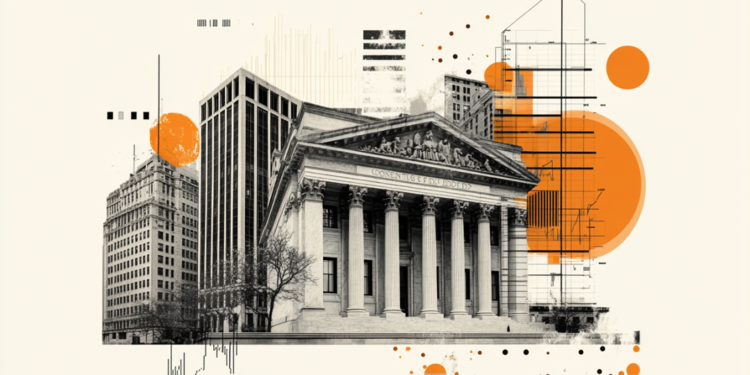Federal Reserve (Fed) Governor Christopher Waller told Bloomberg on Thursday that tariffs are a part of most economic debates and noted that the general tone suggests that many companies are frozen by the uncertainty.
Key takeaways
“Firms are trying to see how to navigate tariffs.”
“Wouldn’t surprise me to see more layoffs, higher unemployment.”
“Smaller tariffs will have modest pass through.”
“We need better control of budget deficit.”
“No obvious reason why tariffs should be off table as part of fiscal debate.”
“Not likely by July there will be clear tariff impacts yet.”
“Easiest place to offset tariff costs is by cutting payrolls.”
“It’s possible tariffs could push up unemployment quickly.”
“Struggle over last 18 months has been uneven inflation progress.”
“I still strongly believe tariffs will be one time price level effect.”
“Demand slowdown from tariffs would offset some inflation impact.”
“It’s going to take courage to stare down tariff price increases and see them as transitory.”
“I’m willing to look through tariff price increases.”
“Rate cuts could come from rising unemployment.”
“Fed will look at data to determine policy moves.”
“Data focus brings risk of being late on policy action.”
Market reaction
The US Dollar Index struggles to gain traction following these comments. At the time of press, the index was down 0.45% on the day at 99.30.
Fed FAQs
Monetary policy in the US is shaped by the Federal Reserve (Fed). The Fed has two mandates: to achieve price stability and foster full employment. Its primary tool to achieve these goals is by adjusting interest rates.
When prices are rising too quickly and inflation is above the Fed’s 2% target, it raises interest rates, increasing borrowing costs throughout the economy. This results in a stronger US Dollar (USD) as it makes the US a more attractive place for international investors to park their money.
When inflation falls below 2% or the Unemployment Rate is too high, the Fed may lower interest rates to encourage borrowing, which weighs on the Greenback.
The Federal Reserve (Fed) holds eight policy meetings a year, where the Federal Open Market Committee (FOMC) assesses economic conditions and makes monetary policy decisions.
The FOMC is attended by twelve Fed officials – the seven members of the Board of Governors, the president of the Federal Reserve Bank of New York, and four of the remaining eleven regional Reserve Bank presidents, who serve one-year terms on a rotating basis.
In extreme situations, the Federal Reserve may resort to a policy named Quantitative Easing (QE). QE is the process by which the Fed substantially increases the flow of credit in a stuck financial system.
It is a non-standard policy measure used during crises or when inflation is extremely low. It was the Fed’s weapon of choice during the Great Financial Crisis in 2008. It involves the Fed printing more Dollars and using them to buy high grade bonds from financial institutions. QE usually weakens the US Dollar.
Quantitative tightening (QT) is the reverse process of QE, whereby the Federal Reserve stops buying bonds from financial institutions and does not reinvest the principal from the bonds it holds maturing, to purchase new bonds. It is usually positive for the value of the US Dollar.
Read the full article here


